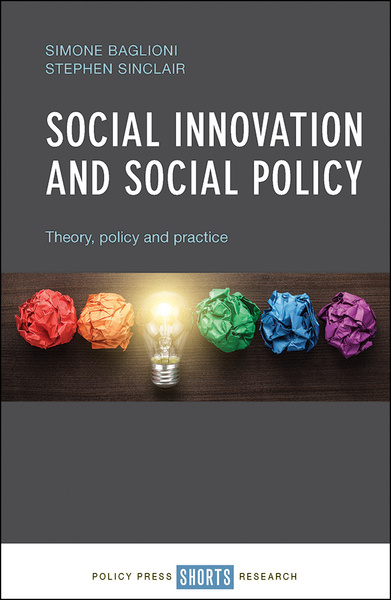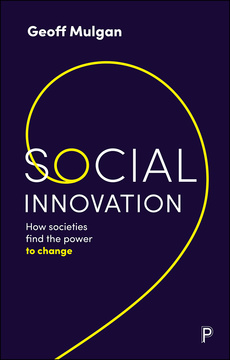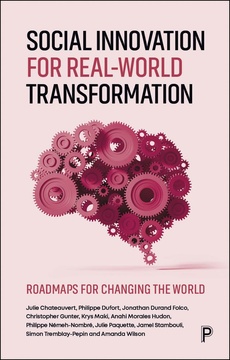Social Innovation and Social Policy
Theory, Policy and Practice
By Simone Baglioni and Stephen Sinclair
Published
Jan 17, 2018Page count
136 pagesISBN
978-1447320104Dimensions
198 x 129 mmImprint
Policy PressPublished
Jan 17, 2018Page count
136 pagesISBN
978-1447320142Imprint
Policy PressPublished
Jan 17, 2018Page count
136 pagesISBN
978-1447320159Imprint
Policy PressSocial innovation has become a prominent theme in discussions of social policy reform across the world. This book examines why social innovation is important to social policy analysis. It discusses the theoretical and policy context of this concept; its origin and background; why it has emerged to prominence in recent years and how it has been applied.
The book relates social innovation to key debates and issues in social policy. These include competing agency and structural explanations of and solutions to social problems; the relative efficacy of government and civil society initiatives, and the capacity of community and/or service user-led responses to address social problems. The book will be a valuable resource for a wide, international readership including social and public policy analysts, policy makers, practitioners and students.
"This book puts the key concept of social innovation to the test by critically reviewing state of the art scholarly research and practice related case studies." Annette Zimmer, University of Münster, Germany
Simone Baglioni is Professor of Politics in the Yunus Centre for Social Business and Health at Glasgow Caledonian University. He is the coordinator of the EU Horizon 2020 project SIRIUS and a principal investigator in the "TransSol" and “Fab-Move” projects dealing with social innovation and collective actions issues.
Stephen Sinclair is Professor of Social Policy and a researcher in the Yunus Centre for Social Business and Health, Glasgow Caledonian University. He is co-Director of the Scottish Poverty and Inequality Research Unit at GCU.
Preface
Introducing social Innovation
Social innovation and social policy
Social innovation and food poverty
Social innovation and care provision
Social innovation and employment
Conclusion
















